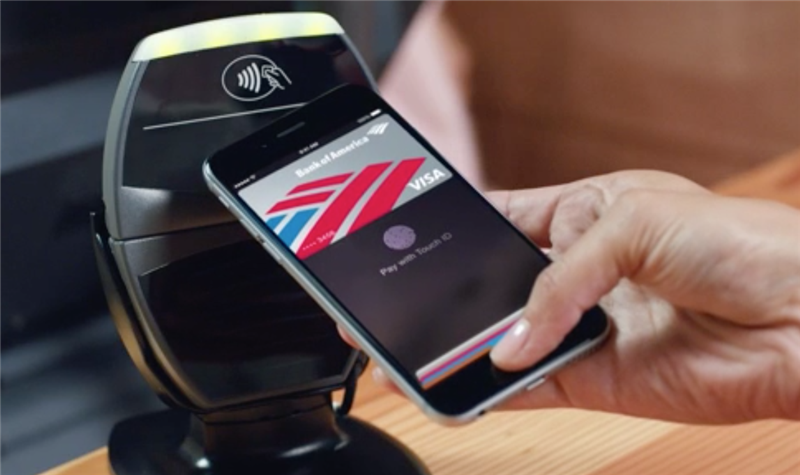
By alphacardprocess December 9, 2021
Tap and Pay, also known as NFC (near field communication), is a technology that allows you to make contactless payments with your smartphone. With Tap and Pay, you can simply hold your phone up to a contactless payment terminal and the payment will be processed automatically.
How does Tap and Pay work?
Tap and Pay is followed by Near Field Communication (NFC) technology. NFC allows two devices placed closely to communicate with each other when they are in range (a few centimeters). To send data, an electromagnetic field is created between the two devices and then modulated according to the digital signal. The receiving device reads this modulated signal.
You can also use NFC to share files, web pages, or contact information between devices. For example, if you want to quickly share a photo with a friend, you can use NFC to transmit the photo from your phone to their phone.
What are the benefits of Tap and Pay?
There are several benefits of Tap and Pay:
- Convenience – Tap and Pay is a quick and easy way to pay for goods and services. You no longer have to fumble through your wallet or purse to find your payment card.
- Security – NFC payments are more secure than traditional card payments. Since your payment information is stored on your phone, it is not as susceptible to fraud as traditional card payments.
- Speed – NFC payments are processed quickly, so you can get on with your day without having to wait long for your payment to go through.
- versatility – NFC is not just limited to smartphones – you can also use NFC tags to make contactless payments with other devices, such as smartwatches.
What are the drawbacks of Tap and Pay?
There are a few drawbacks to using Tap and Pay:
- Availability – Not all merchants accept NFC payments, so you may need to carry your payment card with you in case you come across a merchant that does not accept Tap and Pay.
- Cost – NFC payments may be subject to a small processing fee, which is usually waived for card payments.
- Battery life – If you use your phone for NFC payments, you may find that your battery life diminishes more quickly than usual. This is because the NFC chip consumes more power than other features on your phone.
- Size – You are more limited to the size of your phone when it comes to making NFC payments. If you have a large phone, this may not be an issue for you. However, if you have a small or medium-sized phone, you may find that it is difficult to use your device for NFC payments since most contactless payment terminals are designed for larger phones.
- Privacy – NFC payments are more secure than traditional card payments, but they are still not as secure as cash payments. This is because your payment information is stored on your phone and can be accessed by third-party apps or malware.
What devices support Tap and Pay?
Tap and Pay is supported by nearly all NFC-enabled devices. This includes any device that has an NFC chip installed, such as smartphones, smartwatches, tablet computers, laptops, and more. If your device does not have an NFC chip installed but you would still like to make Tap and Pay payments, you can purchase an external NFC payment card or token to use with your device.
How do I get started with Tap and Pay?
If you have an NFC-enabled device, you can start using Tap and Pay right away. Simply download a payment app that supports NFC payments, such as Apple Pay, Samsung Pay, or Google Pay, and follow the on-screen instructions to set up your account. You will need to enter your payment card information and set up a PIN or password for authentication.
Once you have set up your account, you can start making payments by holding your phone close to the contactless payment terminal and following the on-screen instructions. Keep in mind that not all merchants accept NFC payments, so you may need to keep a traditional payment card on hand for those merchants that do not accept Tap and Pay.
How much does it cost to use Tap and Pay?
The main advantage of using NFC payments is convenience – you no longer have to fumble through your wallet or purse every time you need to buy something. However, as with any service, there may be a small processing fee associated with NFC payments. This fee is usually waived for card payments, but it may be charged for NFC payments.
What are the best practices for using Tap and Pay?
Here are a few tips to help you get the most out of your NFC payments:
- Make sure your device is fully charged and has a good signal before making a payment.
- Keep your phone away from liquids and other potential hazards.
- Always use the default payment method on your device – this will help to ensure that you do not run into any problems when making NFC payments.
- If you are having trouble using Tap and Pay, try restarting the payment app on your device. This often clears up any issues that you are having with payments. Note that some apps will require you to log in before they will work properly after restarting them, so make sure to check on the instructions for your particular app.
- Be aware of your surroundings when making a payment. NFC payments are convenient, but they are also less secure than other forms of payment. Therefore, it is important to be aware of who can see your phone and what information is being displayed when making a payment.
